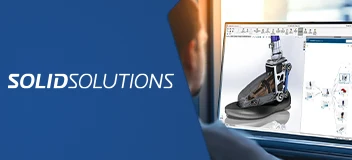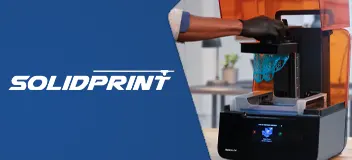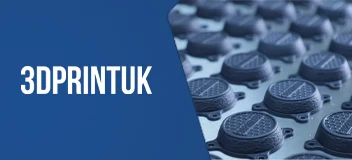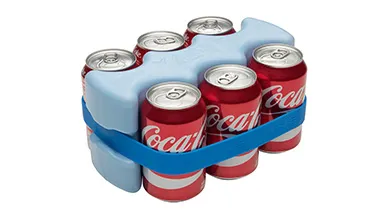6 Essential Tips for a Winning Product Design Strategy
A winning product design strategy is the foundation of successful innovation. Whether you are launching a new product or refining an existing one, aligning design decisions with user needs, business goals, and technical feasibility is key. In this article, we’ll explore six practical tips to help you build a successful product design strategy.
Key Takeaways
- A strong product design strategy connects design decisions to business goals, user needs and motivation.
- Design thinking combines empathy for users of their core problem, creativity in solving the problem, test and validation of the idea.
- Whether to follow a design trend needs consideration of feasibility, users, and market context.
- MVP is crucial for startups and inventors at the initial product design phase.
- It’s important and challenge to balance visionary thinking and practical execution.
#1: Connect Design to Business Goals and User Needs
A strong product design strategy connects design decisions to business goals and user needs.
While inventors might provide invaluable insight based on their own experience of what is needed, we still need to get a deep understanding of user needs to align them to the product design. There are some fundamentally strong questions that help identify what the core challenge is:
- What task are you trying to accomplish?
- What are the most challenging aspects?
- What are the current workarounds?
- Are there competitors in this space?
- What price do you desire to sell it at?

Product Design Strategy
To align user needs with product design decisions, we must identify the underlying motivation. By doing so, we are more likely to achieve success.
#2: Design Thinking
At TriMech Design, we apply design thinking when creating product design strategy.
Design thinking is a human-centered approach to problem solving. It combines empathy for users, creativity in generating ideas, and logic in aligning solutions with business and technical realities.
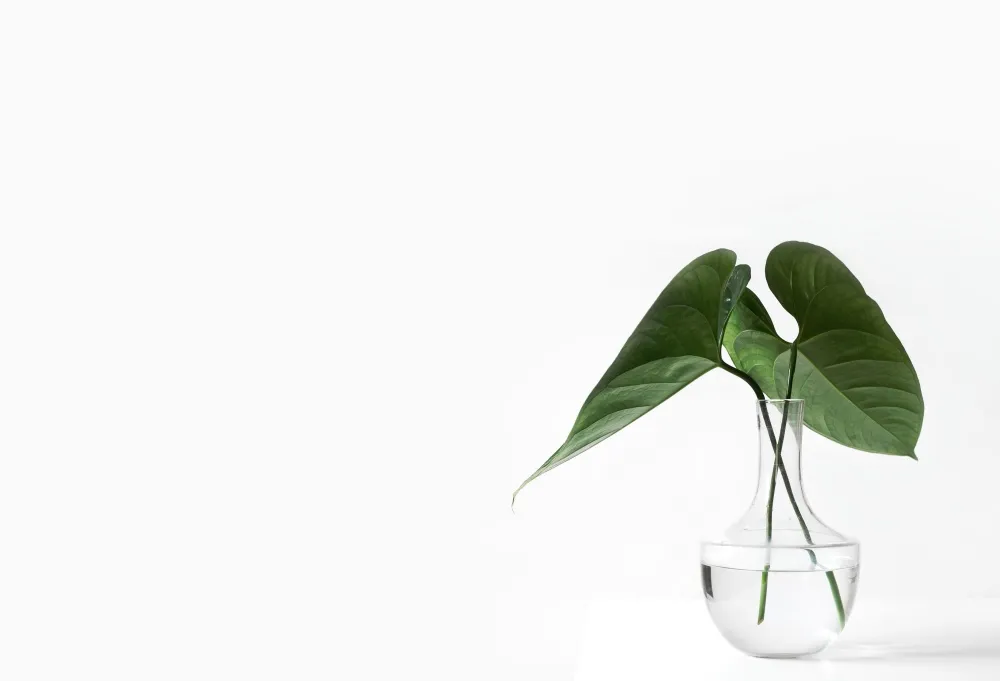
Minimalist Design Thinking
For example, if we were to design a new type of water bottle, we would:
Empathize – Understanding User Needs and Behaviors
To design with empathy, start by deeply understanding your users through direct observation and engagement.
- Observe the user during training and recovery
- Conduct interviews with other users and key stakeholders
- Map the journey, how and where the user has the need for such a product
Define the Core Problem in Your Product Design Strategy
Before jumping into solutions, it’s essential to clearly define the problem you are solving. This step ensures your team is aligned on the real user need, not just the surface-level symptoms.
For example, “User needs a way to hydrate that enhances performance and reduces disruption.” This shifts the focus from simply about designing a “cool new bottle” to defining the motivation for why the user needs a certain product.
Ideate: Generate Creative Product Design Concepts
Once the problem is defined, open the floor to a wide range of ideas. This is the time to think big and explore possibilities without judgement.
Ideas might include:
- Visual indicators of water left in bottles
- Smart features to provide further insight into hydration timing.
Prototype: Test Product Ideas Quickly
Turn your top ideas into low-fidelity prototypes. This step is to create low fidelity mockups of products for different ideas to test their validity. The prototypes are tested and reviewed to verify useability and if they provide a benefit to the user.
Validate and Iterate Based on User Feedback
Refine ideas based on real feedback and strategically pivot as needed. This step is about learning what works, what doesn’t, and where to pivot. Iteration is key to evolving a good idea into a great product.
Not all projects follow this format exactly, but it offers a useful guide for how to develop a product in a human-centric way.
#3: Align Growing Trends with Business Goals
Blindly following or completely ignoring product design trends can harm product performance. The real challenge is figuring out how to align growing trends with business goals to build a smarter, more effective product design strategy.
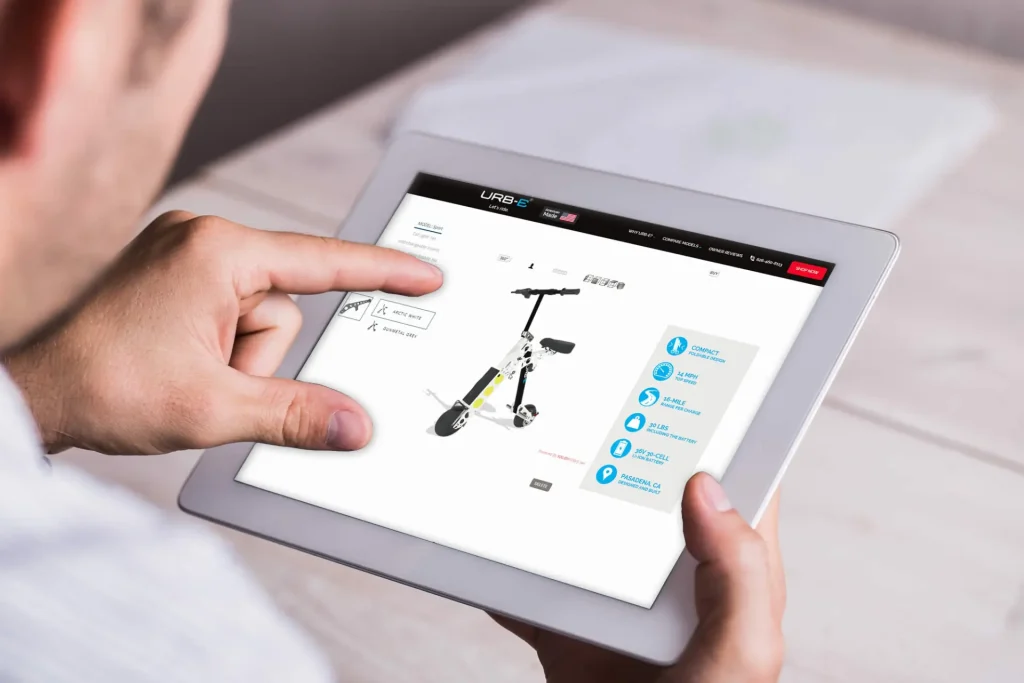
Start by understanding the nature of the trend:
- Why does it exist?
- Is it short-term fad or a signal of a long-term change?
- Does it strengthen the brand and position, and support your business objectives?
It’s important to note that design trends come and go, but building a successful product design strategy is about considering these factors:
- Vision and alignment – Define clearly why the product should exist and what success looks like in that context.
- Deep understanding of users – Strategy must be anchored in empathy and insight, knowing who you are designing for and why it matters to them.
- Feasibility – It should be a successful combination of aspiration and realism. Viability must be considered in terms of materials, manufacturing methods, and technologies, as well as determining the constraints.
- Business and market context – Good design delivers value to business and users.
- Sustainability and responsibility – Design strategy must consider its broader impact. Environmental, Social, and ethical considerations must be made.
If the design trend aligns with the established design strategy, then it greatly increases the chances of success of the products designed within that space.
#4: Use MVP
At TriMech Design, we implement the ‘MVP’(Minimum Viable Product) product design strategy in our daily product development process, focusing on viability and simplicity. We believe that simple, efficient product design is best when approaching the initial product design process especially for startups and inventors who have limited resources and time.
MVP is about defining clearly what the core functionality of the product is and ensuring that throughout the development process the product retains those features.
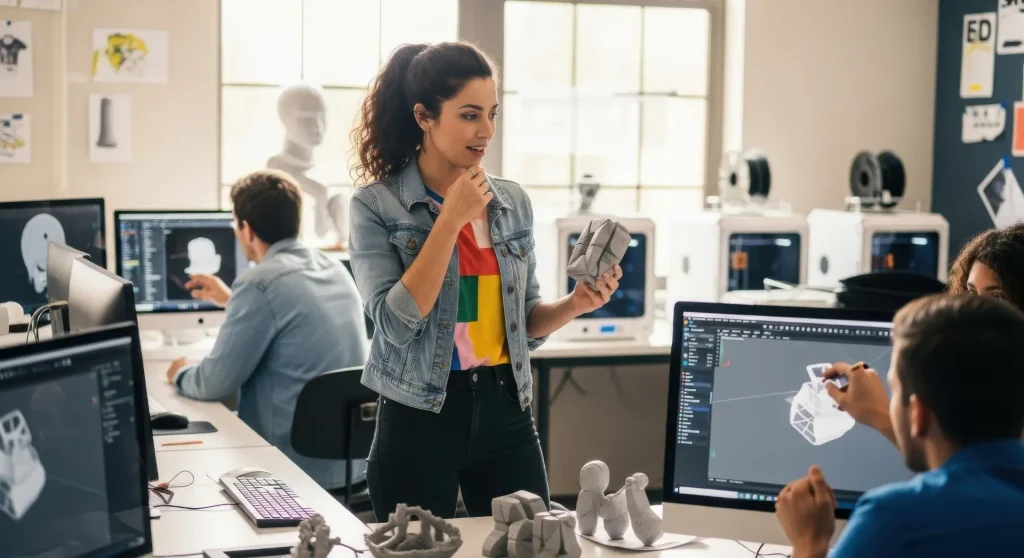
It is as beneficial for the development team as it is for the client, as it prevents the unplanned addition of extra features, also known as “feature-creep”.
This also helps to keep costs down and then allows the client to test the product and define better what can be confidently added to a future version of the product to improve the user’s experience.
#5: Prepare for Challenges
There are several key preparatory steps that inventors or startups must bravely navigate to create a successful product. One of the most challenging parts of developing a product design strategy, in my experience, is striking the right balance between visionary thinking and practical execution.
It should have enough structure to guide successful execution, without being too rigid that it hinders creativity or limits opportunities for iteration and design pivots.
#6: Own your Philosophy
Owning a personal design philosophy as a designer is important. Each designer comes with their own beliefs and standards for what they create. Much of that is often driven by what interests them on a personal level.
For example, some individuals are passionate about the outdoors and, as a result, take a stronger interest in outdoor equipment, especially how it affects both the user experience and the environment. They use this experience to influence their design decisions and what they design.

My personal design philosophy is one of keeping it sophisticated and simple, intuitive and fun. This in part comes from my experience as a car design student, but also from 20 years of experience. Turning this into a design strategy would be about creating products that not only function but also provide tactile delight and entertainment for all who use it.
Conclusion
Building a successful product design strategy requires more than just creativity; it demands alignment, adaptability, and intention. By connecting your design to both business goals and user needs, applying design thinking, and staying aware of emerging trends, you lay a solid foundation. Embracing MVPs helps you validate ideas early, while preparing for inevitable challenges keeps you and your team resilient. Most importantly, owning your design philosophy ensures your work stays grounded in purpose. Together, these six tips can help you create a strategy that’s not only effective, but sustainable.
Have a Product Idea?
Discover our product development services tailored to startups, small manufacturers, and inventors.
Design Newsletter
Get the latest news curated for designers, makers and inventors.
Product Design Experts related to this content:
Discover our team of designers, engineers, project managers, and problem-solvers.
Magnus Skold, Senior Industrial Designer
Per Magnus Skold is an industrial designer with over 20 years of experience creating user-centered, production-ready products across consumer electronics, medical devices, aerospace, lifestyle products, and transportation.
More from our Blog
4 Famous Innovations You Didn’t Know Were Accidents
Though inventions are often purposely designed and created, many of the world’s most famous innovations were actually accidental. Some of the most successful items and…
Innovative Products to Help You Keep Cool in the Summer
Whether you’re a fan of the heat or not, summer heat and humidity is something we’ll all have to deal with every year. If you’re…
How TriMech Design Solutions Uses Intellectual Property Protection for Clients
Before starting your product design process, it’s important to understand what Intellectual Property Protection is and why it is important.
Need help with your Product Idea?
Tell us about your invention or product design idea and get the help you need design, build and bring it to market



